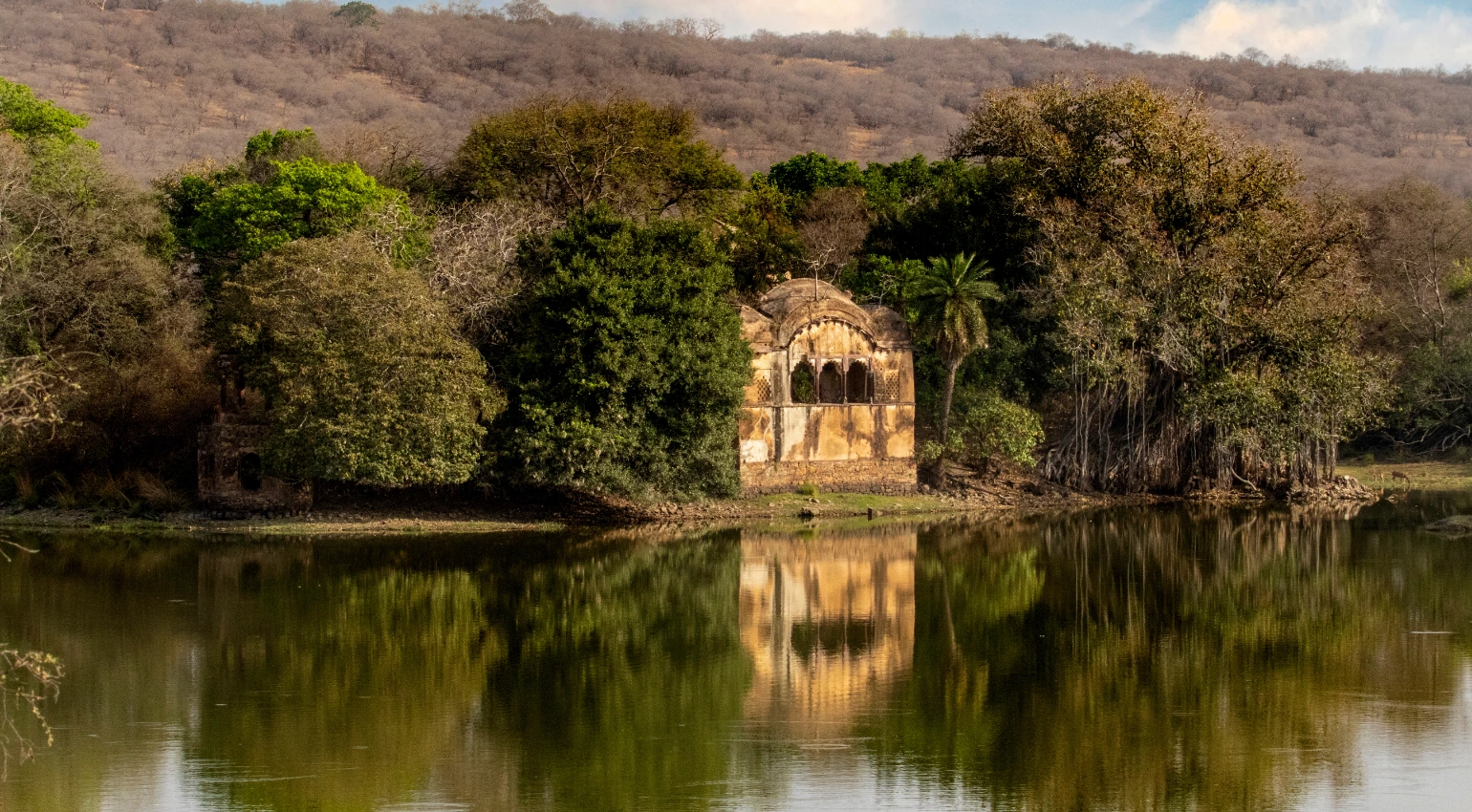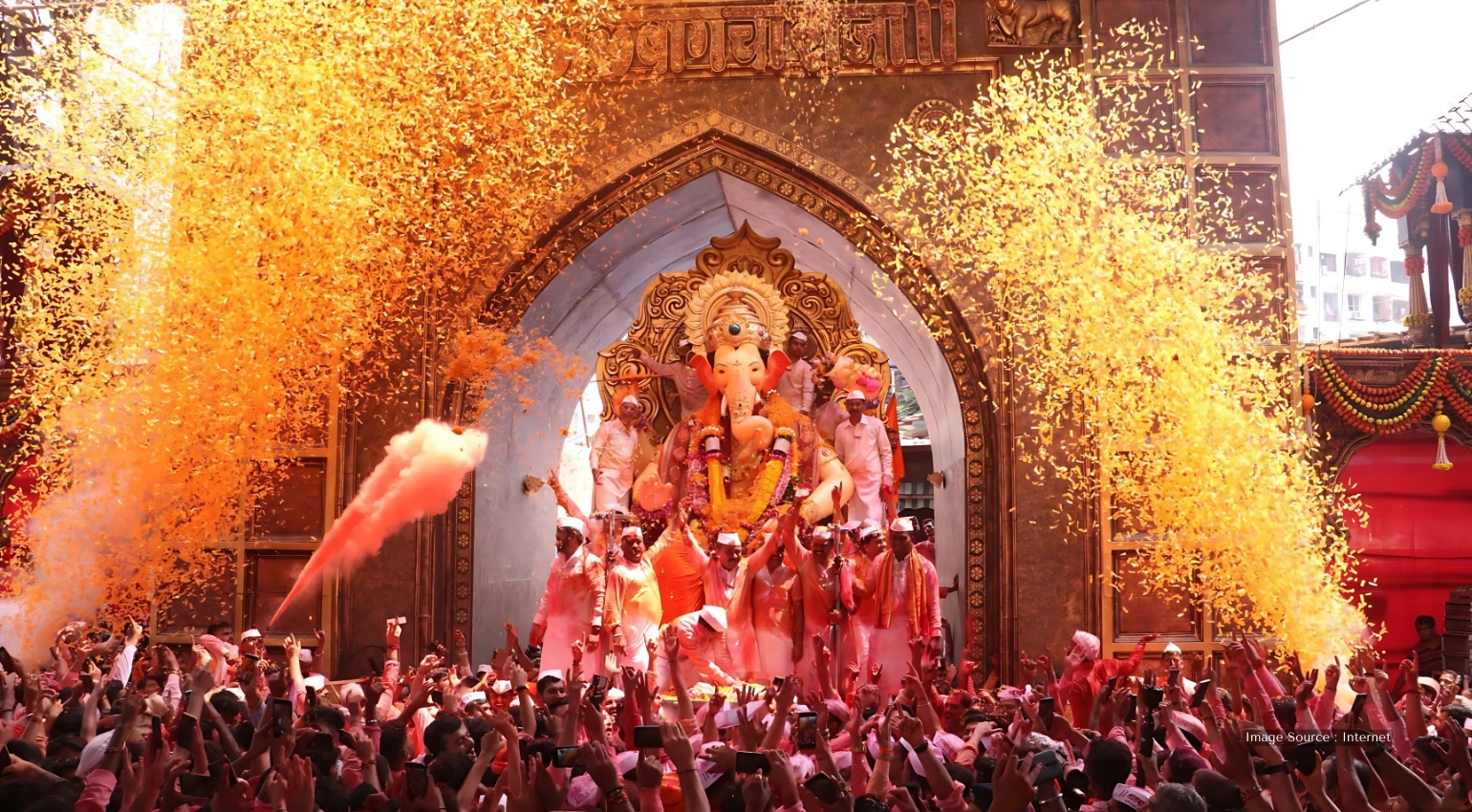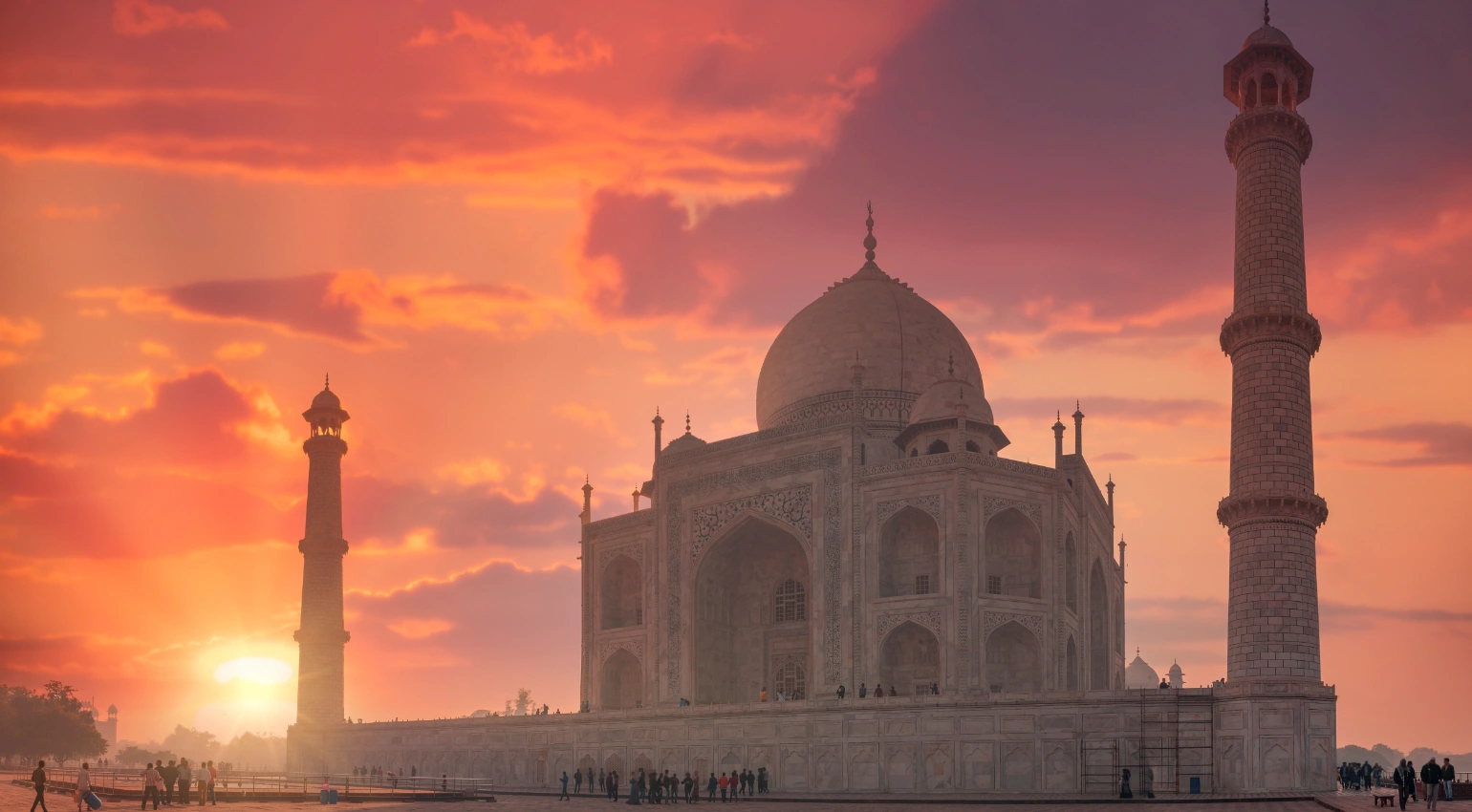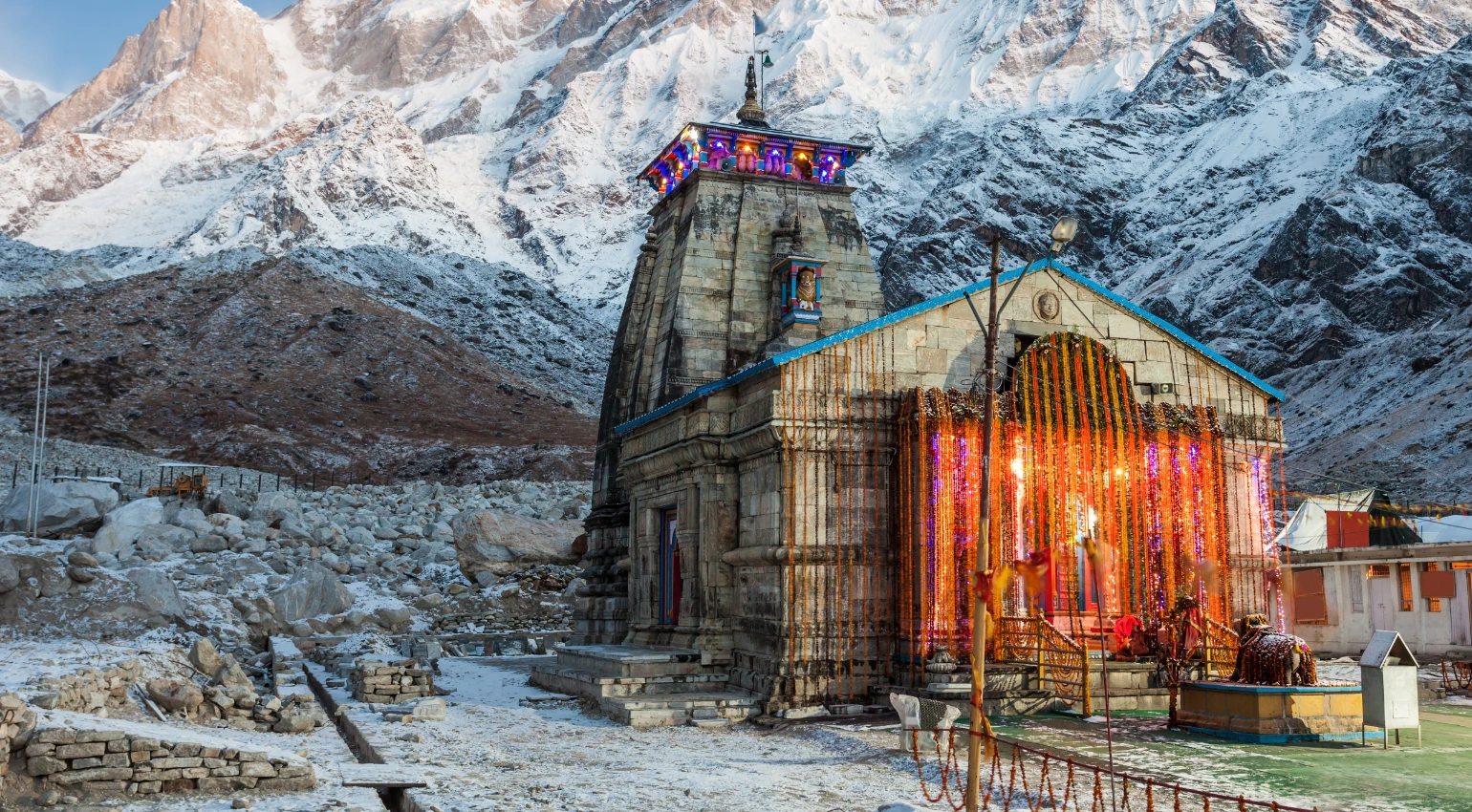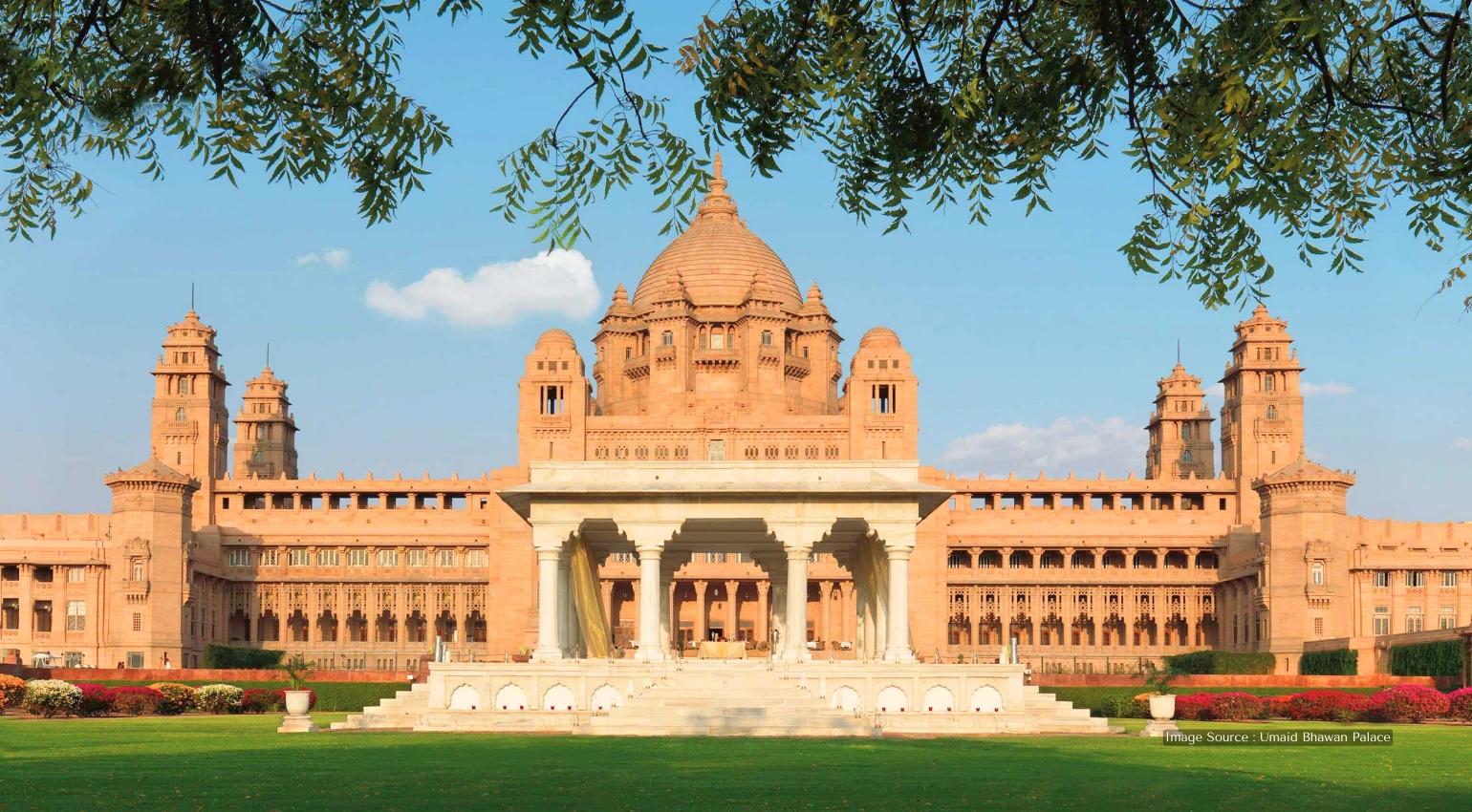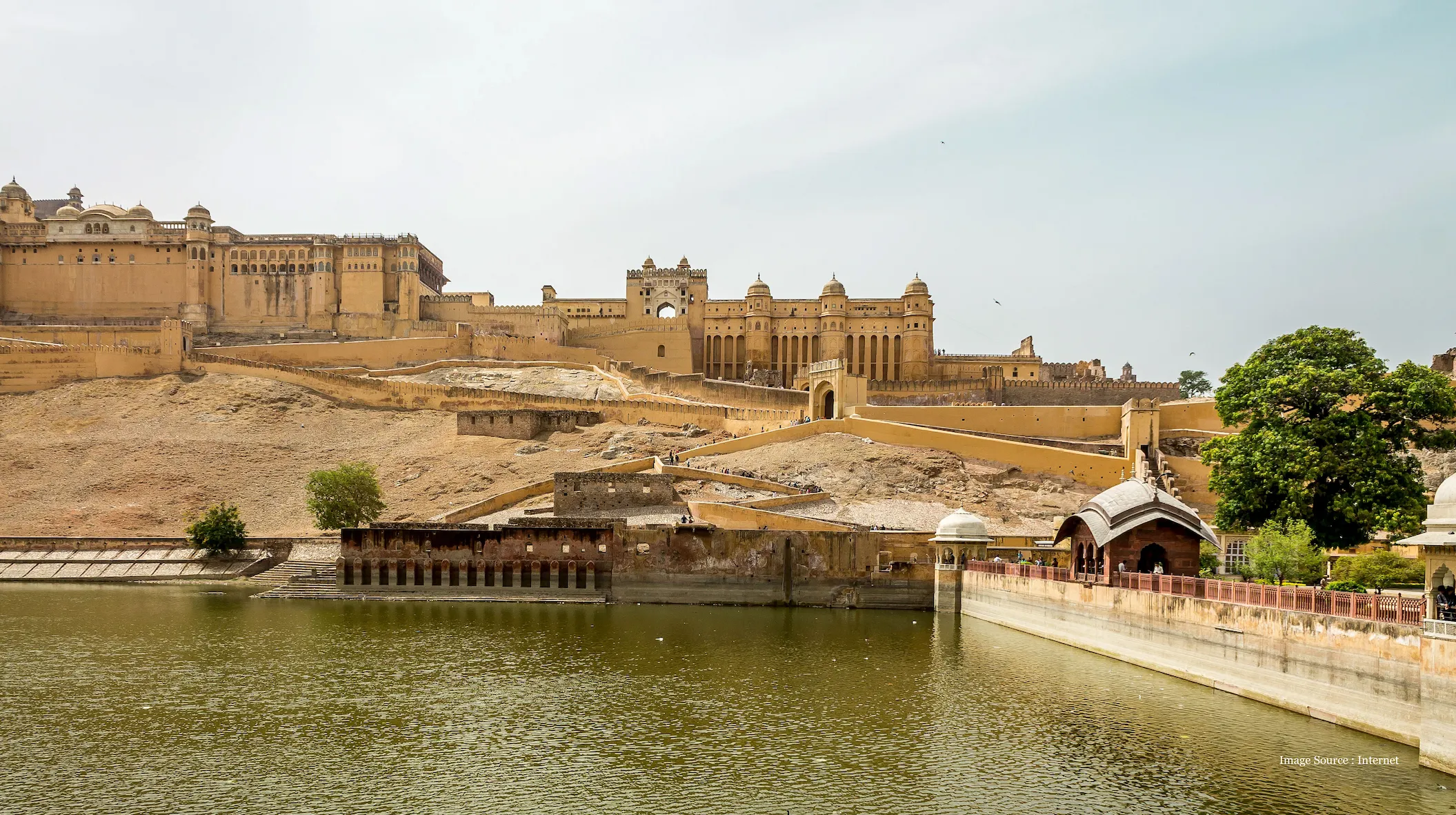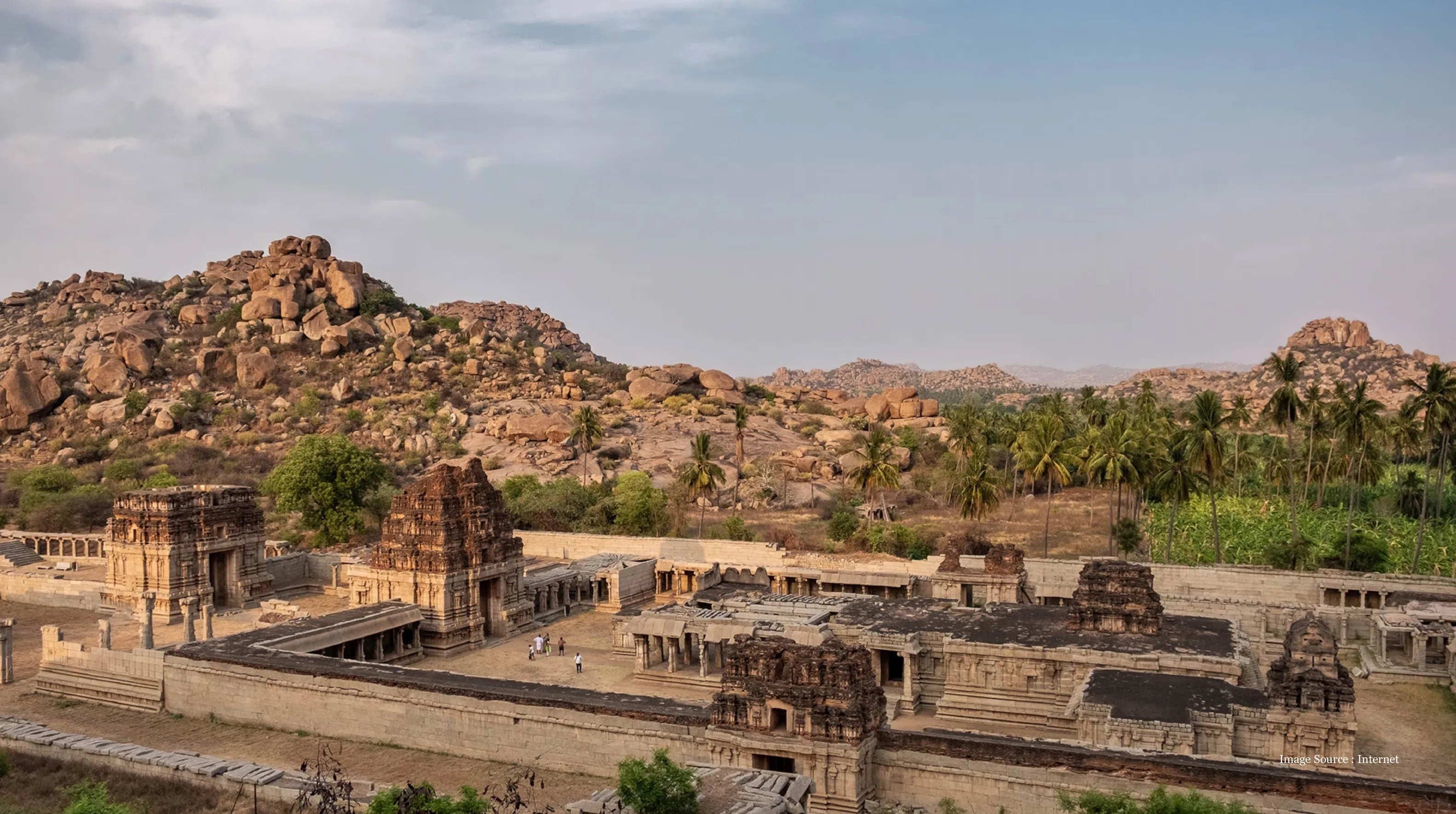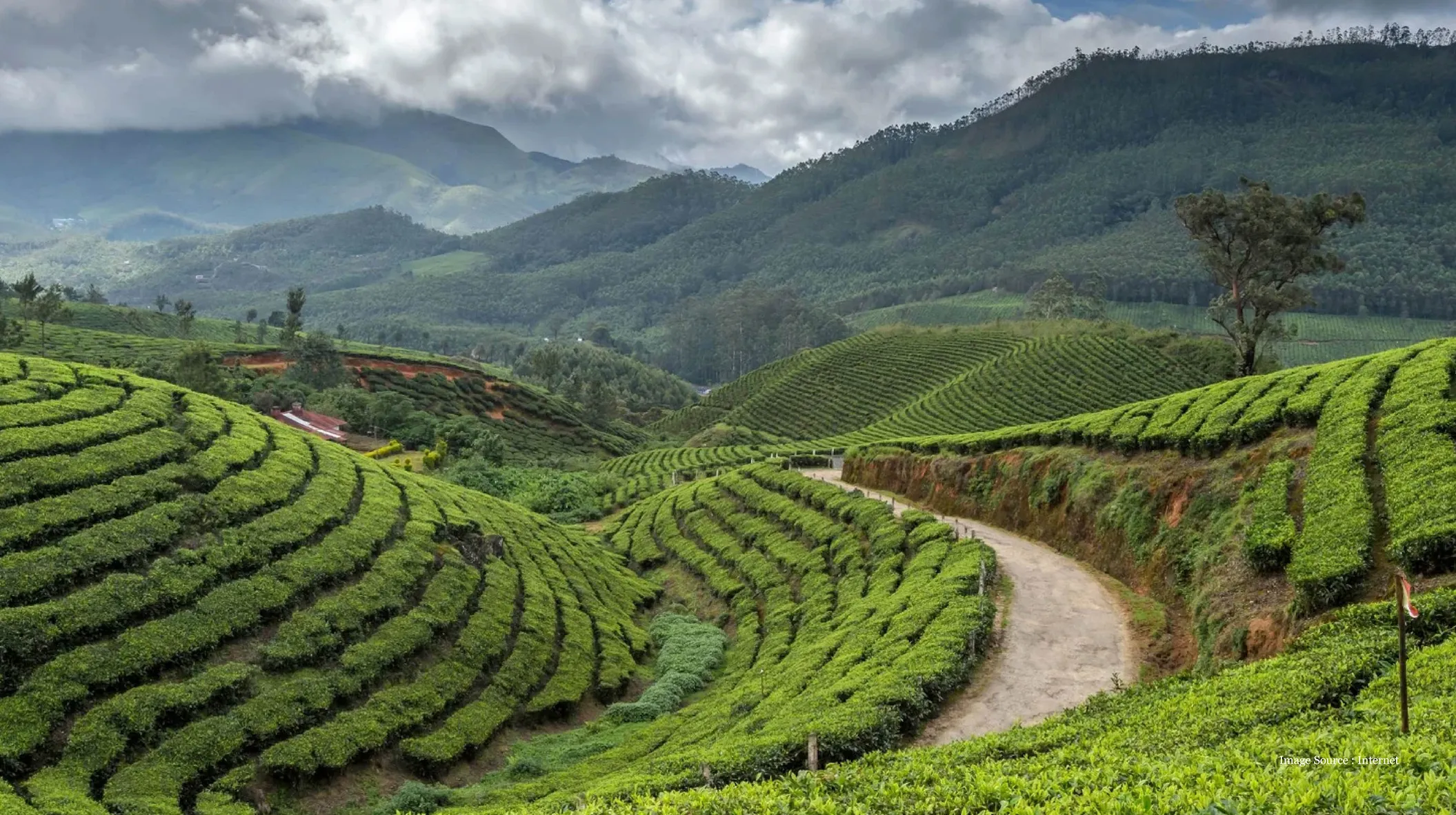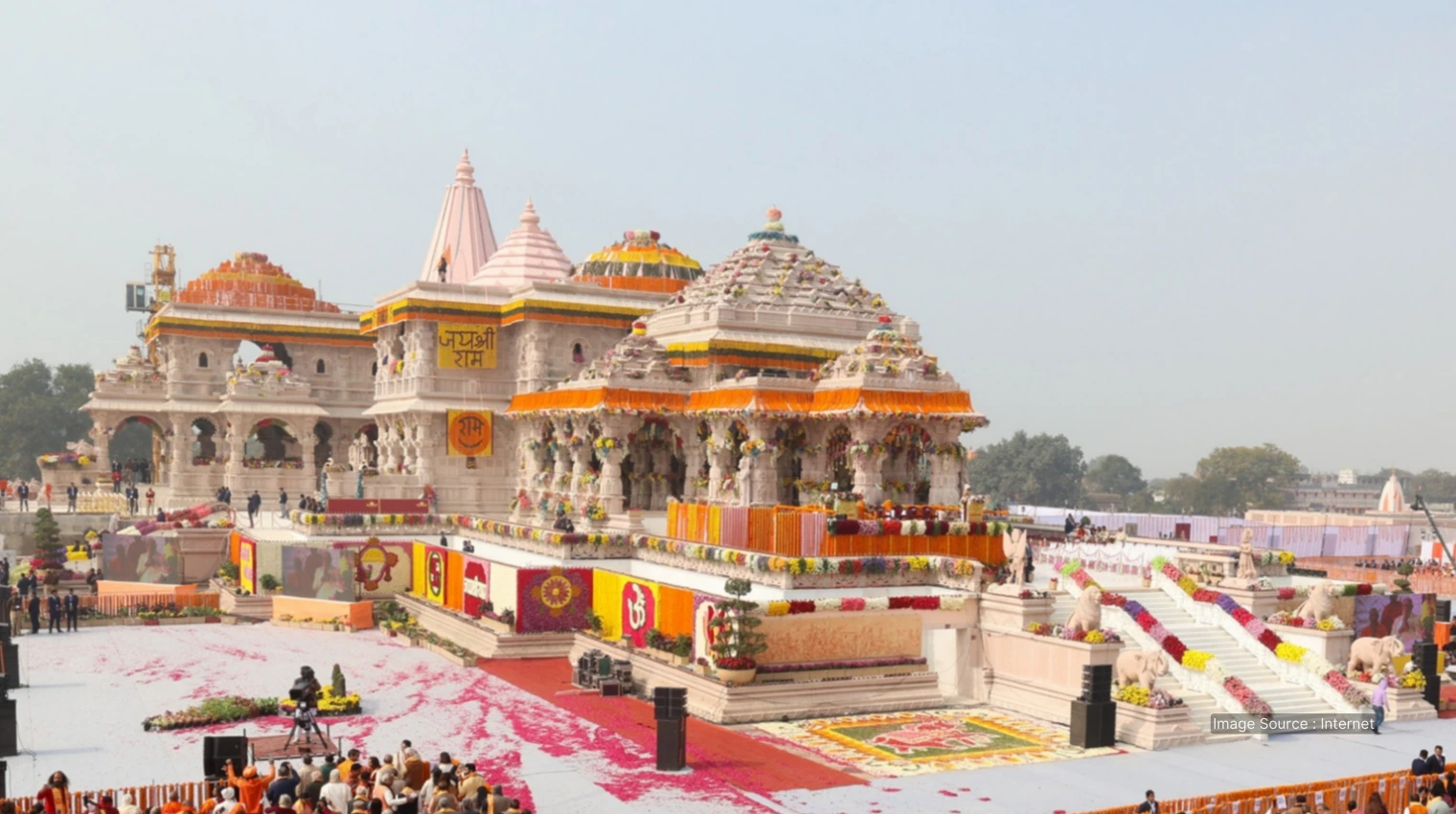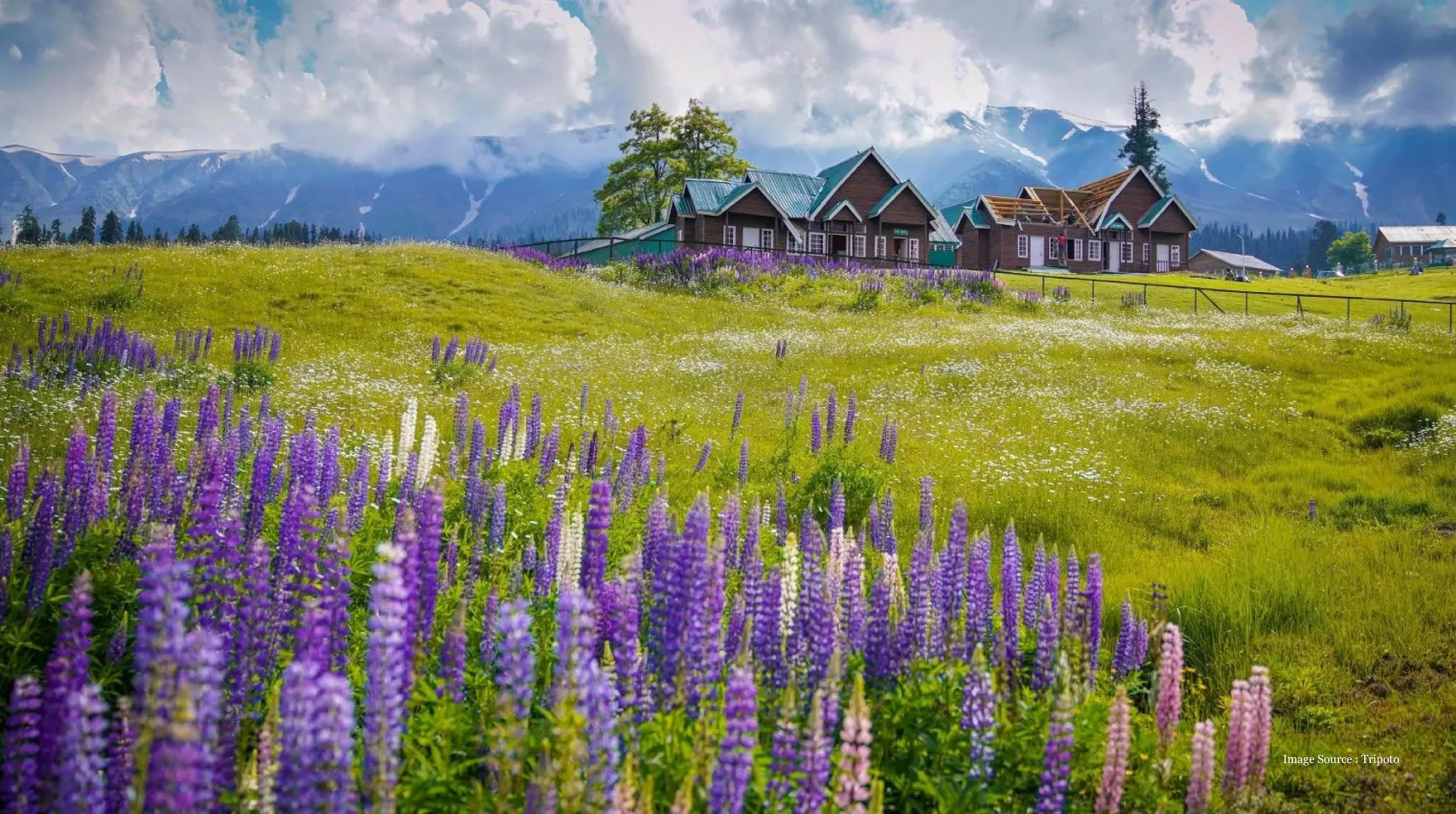- Why Are India's Hill Stations the Perfect Antidote to Urban Intensity?
- What Makes Darjeeling's Tea Plantation Elegance Truly Unforgettable?
- Shimla: Is the "Queen of Hills" Still Worth Your Luxury Itinerary?
- FAQs
- Ooty, Coorg, or Munnar: Which South Indian Hill Station Suits Your Style?
- Why Is Gulmarg Kashmir's Best-Kept Luxury Secret for Summer and Winter?
Last Updated : Oct 27, 2025 | View Count : 1643 | Read Time : 7 min
India Hill Station Guide: Escape to the Clouds in Ultimate Luxury
I'll never forget my first glimpse of the Himalayas from a train window, winding through hairpin curves as we climbed toward Shimla. The plains below disappeared into a hazy memory while pine forests and mountain peaks emerged like something from a dream. That moment taught me why India's hill stations have been enchanting travelers for over a century.
Every seasoned India traveler eventually discovers that the country's magic isn't just in its bustling cities or desert palaces. Some of the most beautiful sights in India exist in these retreats where British colonials once escaped summer heat, and where modern travelers find respite from urban chaos.
After exploring dozens of mountain destinations across the subcontinent, I've learned that choosing the right India hill station depends on understanding what each offers beyond just cool weather and scenic views. Let me share what makes each destination special and how to experience them in absolute luxury
What makes an India hill station holiday worth it beyond just cooler weather?
India's hill stations offer complete environmental and psychological shifts from urban intensity. Beyond climate relief, like Shimla's comfortable 75°F when Delhi hits 110°F, these mountain retreats provide slower rhythms, colonial charm, and unique cultural experiences
Table of Contents
- Why Are India's Hill Stations the Perfect Antidote to Urban Intensity?
- What Makes Darjeeling's Tea Plantation Elegance Truly Unforgettable?
- Shimla: Is the "Queen of Hills" Still Worth Your Luxury Itinerary?
- FAQ
Why Are India's Hill Stations the Perfect Antidote to Urban Intensity?
There's something almost medicinal about ascending into India's mountains. The transition from crowded streets to pine-scented air happens gradually, then all at once. Your ears pop, the temperature drops, and suddenly you're breathing easier in every sense.
I've used hill stations as reset buttons during intense India travels. After weeks of exploring Rajasthan's desert forts or navigating Delhi's bustling markets, these mountain retreats provide physical and emotional restoration that's hard to find elsewhere.
What makes the best hill stations in India so effective as antidotes to urban intensity? First, there's the obvious climate relief. When Delhi hits 110°F in May, Shimla sits comfortably at 75°F. But the real magic goes deeper than temperature.
The colonial architecture adds another layer of charm to these towns that were designed for leisure and contemplation, with wide verandas, flower gardens, and winding paths that encourage wandering rather than rushing. Even luxury hotels in hill stations feel more intimate and relaxed than their urban counterparts.
For your summer trip to India, hill stations offer more than just cooler weather – they provide complete environmental and psychological shifts that make them essential parts of any comprehensive India experience.
What Makes Darjeeling's Tea Plantation Elegance Truly Unforgettable?
Darjeeling occupies a special place among India's mountain destinations, and honestly, it's unlike anywhere else I've traveled. This West Bengal hill station combines Himalayan grandeur with tea plantation sophistication and a unique cultural blend that reflects its position near Nepal, Bhutan, and Tibet.
The famous Darjeeling Himalayan Railway, known as the "Toy Train," provides one of the world's most scenic mountain journeys. I've taken this UNESCO World Heritage route multiple times, and watching the train navigate impossibly tight curves while climbing through cloud forests never gets old. The journey from New Jalpaiguri takes about seven hours, but every minute offers photographic opportunities.
What sets Darjeeling apart is how tea culture permeates everything. You're not just visiting a hill station – you're experiencing the birthplace of some of the world's finest tea. I've spent mornings walking through manicured tea gardens where workers still pluck leaves by hand, exactly as they have for 150 years.
The sunrise view from Tiger Hill, with Kanchenjunga peak emerging from darkness, ranks among the most spectacular mountain vistas I've witnessed anywhere. Most hotels arrange early morning excursions, and watching the world's third-highest mountain catch first light is worth the 4 AM wake-up call.
For luxury accommodation, The Elgin Darjeeling captures the hill station's colonial elegance perfectly. This heritage property has hosted everyone from Mark Twain to the Dalai Lama, and staying here feels like stepping into a refined mountain retreat from another era. The rooms feature period furniture and mountain views, while the restaurant serves both international cuisine and authentic regional dishes.
Mayfair Darjeeling offers a more contemporary luxury experience with spa facilities and modern amenities, though it maintains the hill station's intimate scale and mountain charm.
Getting to Darjeeling requires some planning. Most travelers fly to Bagdogra Airport, then drive about three hours through increasingly mountainous terrain. The drive itself is scenic, passing through Siliguri and beginning the climb through tea gardens and forests.
TL;DR: Darjeeling combines Himalayan views with tea culture sophistication, featuring the iconic Toy Train journey, sunrise vistas of Kanchenjunga peak, and heritage luxury properties.
Shimla: Is the "Queen of Hills" Still Worth Your Luxury Itinerary?
Shimla carries more colonial baggage than most India hill stations, having served as the British Raj's summer capital. Walking down the Mall Road or exploring Viceregal Lodge, you can almost hear echoes of administrative decisions that shaped subcontinental history.
But here's what surprised me about modern Shimla: it's evolved far beyond its colonial identity while maintaining the architectural charm that made it famous. The city offers sophisticated dining, luxury shopping, and cultural experiences that feel authentically contemporary rather than museum-like.
The journey to Shimla can be an experience itself. The Kalka-Shimla Railway, another UNESCO World Heritage toy train, winds through 96 tunnels and crosses 864 bridges during its five-hour climb. I prefer the first-class Shivalik Deluxe Express for comfort, though the regular trains offer more authentic local interaction.
By road, Shimla sits about four hours from Chandigarh, with well-maintained highways that make the drive pleasant rather than challenging. Many luxury hotels arrange private transfers that include scenic stops along the route.
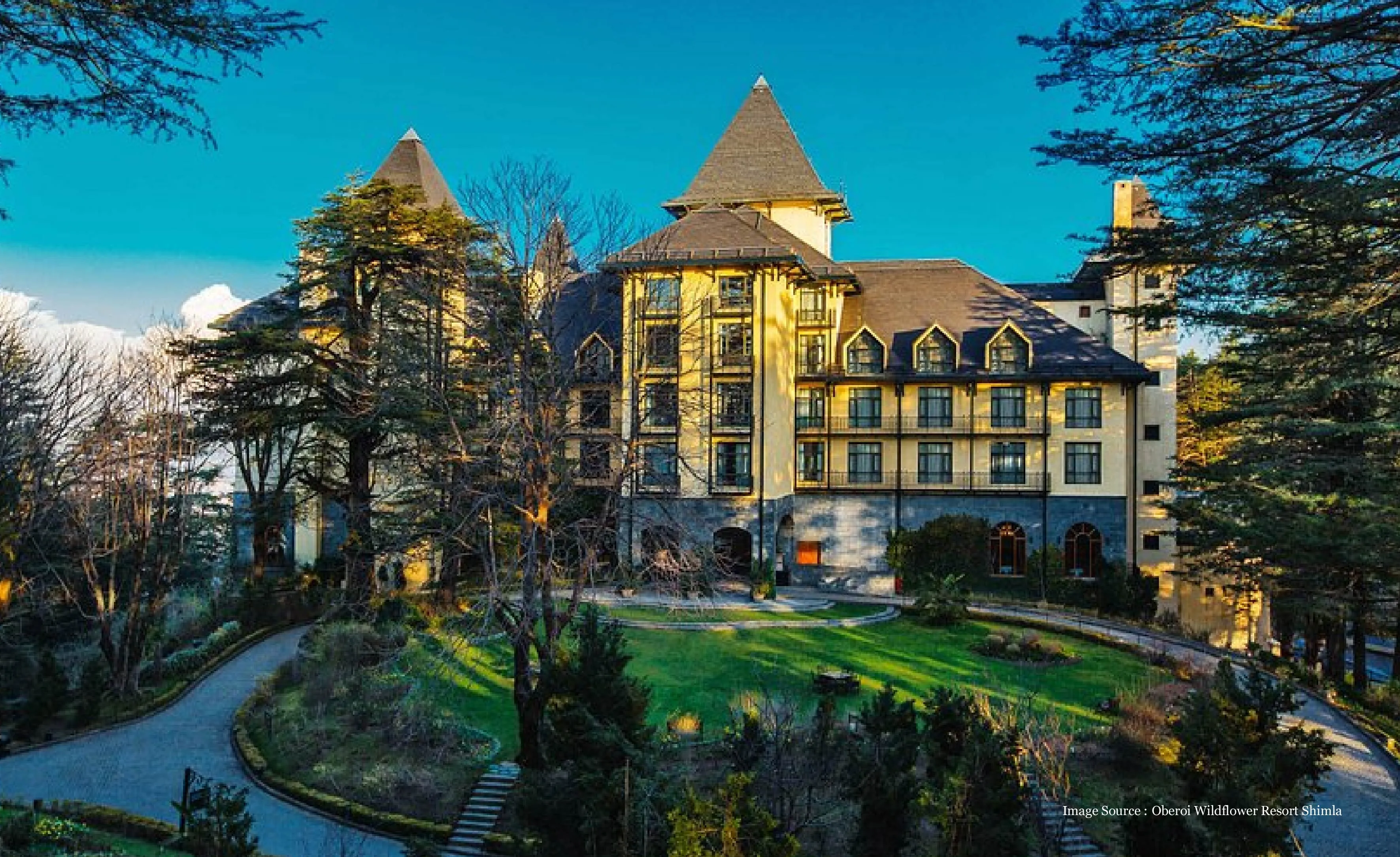
The Oberoi Cecil stands as Shimla's premier luxury property, and honestly, it exceeds expectations for a hill station hotel. This heritage property combines Victorian architecture with contemporary amenities, including a spa that specializes in mountain wellness treatments. The restaurant serves excellent international cuisine alongside regional Himachali dishes.
For a more intimate luxury experience, consider Wildflower Hall, an Oberoi property about 45 minutes from central Shimla. This former British Raj residence sits at 8,000 feet with panoramic Himalayan views and offers some of India's most spectacular mountain resort experiences.
What makes Shimla worth including in luxury itineraries is how it combines historical significance with modern comfort. You can explore the same buildings where British officials made crucial decisions about India's future, then return to world-class spa treatments and gourmet dining.
The city also serves as an excellent base for exploring broader Himachal Pradesh, including day trips to Kufri for additional mountain views or longer excursions to Manali and the Kullu Valley.
Ooty, Coorg, or Munnar: Which South Indian Hill Station Suits Your Style?
South India's hill stations offer completely different experiences from their northern counterparts, and choosing between them depends on what kind of mountain experience appeals to you most.
Ooty, officially Udhagamandalam, remains Tamil Nadu's most famous hill station and still lives up to its "Queen of Hills" nickname. The Nilgiri Mountain Railway journey from Mettupalayam ranks among India's most scenic train rides, climbing through 16 tunnels and crossing 250 bridges. I always book the first-class compartment for better views and commentary.
What I love about Ooty is its botanical garden culture and lake activities. The Government Botanical Gardens showcase plants from around the world, while Ooty Lake offers boating that feels refreshingly low-key compared to more commercialized mountain destinations. For luxury stays in Ooty, Taj Savoy Hotel provides colonial elegance with modern amenities. The property's heritage character, complete with fireplaces and period furniture.
Coorg, officially Kodagu, offers a more nature-focused mountain experience. This Karnataka region is famous for coffee plantations, spice gardens, and some of South India's most pristine forests. The drive from Bangalore takes about five hours through increasingly scenic countryside.
Coorg's luxury accommodation scene centers around plantation resorts that immerse you in coffee culture. The Tamara Coorg provides exceptional luxury within a coffee estate setting, offering guided plantation walks, spice garden tours, and some of the region's best spa treatments using local ingredients.
Munnar, in Kerala's Western Ghats, specializes in tea plantation luxury and might be South India's most photogenic hill station. The drive from Kochi takes about four hours through increasingly mountainous terrain covered in tea gardens.
What sets Munnar apart is how thoroughly tea culture integrates into the experience. You can tour active tea factories, learn about processing techniques, and stay in luxury resorts surrounded by working plantations.
The Leela Raviz Kovalam offers beach luxury, but for mountain experiences, consider Tea County Munnar or Windermere Estate, both of which provide luxury accommodation within tea plantation settings.
Choosing between these three depends on your priorities: Ooty for colonial charm and botanical interests, Coorg for coffee culture and forest experiences, Munnar for tea plantation luxury and photography opportunities.
Book Your Kerala Backwaters Tour
Why Is Gulmarg Kashmir's Best-Kept Luxury Secret for Summer and Winter?
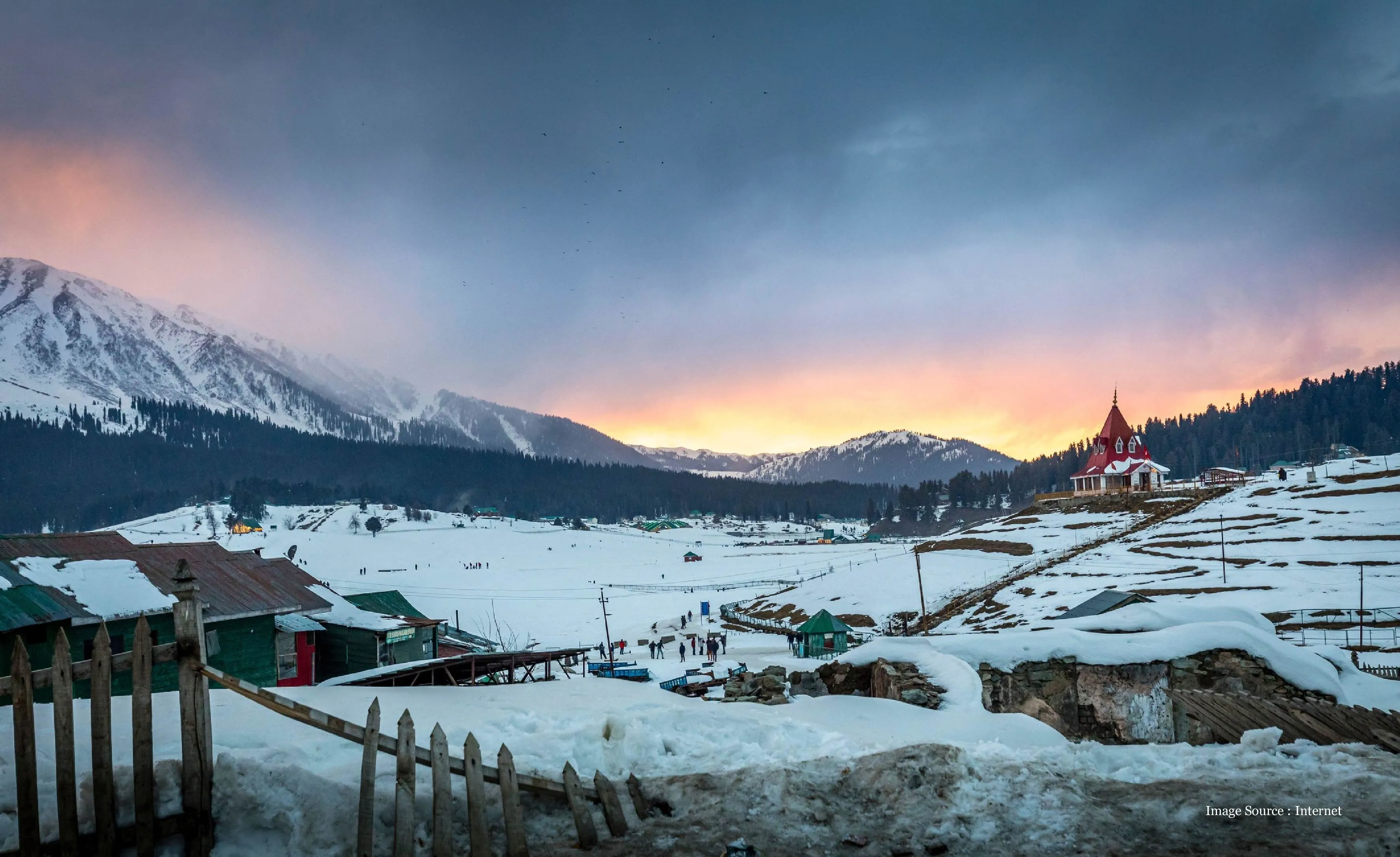
Gulmarg represents something unique among India hill stations – a destination that offers world-class experiences in both summer and winter, each season providing completely different but equally compelling reasons to visit.
During summer months, Gulmarg transforms into an alpine meadow paradise. The name literally means "meadow of flowers," and walking through fields of wildflowers with snow-capped peaks providing backdrop creates some of India's most stunning natural scenes.
The famous Gulmarg Gondola, one of the world's highest cable cars, operates year-round and provides access to incredible mountain views. I've ridden it in both seasons, and the summer journey reveals green valleys and flower meadows that extend for miles.
Winter brings a completely different Gulmarg experience. The resort becomes India's premier skiing destination, offering powder snow conditions that rival many international ski resorts. The infrastructure includes modern ski lifts, equipment rentals, and instruction for all skill levels.
What makes Gulmarg special for luxury travelers is how it combines adventure activities with high-end accommodation and service. The Khyber Himalayan Resort & Spa stands as Kashmir's premier luxury property and one of India's finest mountain resorts.
The Khyber offers ski-in, ski-out access during winter and serves as a perfect base for summer hiking and golfing. The property includes multiple restaurants, a world-class spa, and rooms with panoramic mountain views.
Getting to Gulmarg requires flying to Srinagar, then driving about 90 minutes through increasingly scenic mountain roads. Many luxury properties arrange private transfers that include stops at local craft workshops and scenic viewpoints.
The Vintage Gulmarg provides another excellent luxury option, particularly for travelers seeking more intimate mountain resort experiences. This boutique property emphasizes local culture and cuisine while providing modern amenities and mountain adventure access.
What makes Gulmarg Kashmir's best-kept luxury secret is how it offers genuine four-season mountain resort experiences that most Indian hill stations can't match. Whether you're seeking summer wildflower hikes or winter skiing adventures, Gulmarg provides infrastructure and luxury that rival international mountain destinations.
TL;DR: Kashmir's Gulmarg uniquely excels in both seasons—summer brings alpine wildflower meadows and hiking, while winter transforms it into India's premier ski destination, all supported by world-class luxury resorts like The Khyber.
Plan Your Kashmir Paradise Tour
Each of these India hill station destinations offers unique luxury experiences that go far beyond simple climate relief. From Darjeeling's tea plantation elegance to Gulmarg's year-round mountain adventures, these elevated retreats provide some of India's most sophisticated and relaxing travel experiences.
The key to hill station success lies in understanding what each destination does best and matching that with your travel preferences. Whether you're seeking colonial heritage, plantation culture, or mountain adventure, India's hill stations offer luxury experiences that provide perfect counterpoints to the country's more intense urban and desert destinations.
FAQs
1. What's the best time to visit India's hill stations?
Most hill stations are ideal from March through June and September through November. Summer months (April-June) offer the best weather for escaping heat, while post-monsoon months (September-November) provide clear mountain views and pleasant temperatures.
2. How should I pack for a hill station visit during summer?
Even during summer, hill stations can be cool in mornings and evenings. Pack layers including light woolens, comfortable walking shoes, rain gear, and sun protection. Temperatures can vary 20-30 degrees between day and night.
3. Are hill station holidays ideal for families with young children?
Most hill stations work well for families, though consider altitude effects and walking requirements. Ooty and Shimla offer the most family-friendly activities, while places like Gulmarg provide adventure options for older children and teens.
plan your bespoke india journey today
tell us what inspires you - and we will handcraft an experience that mirrors your elegance, pace & personality.
START PLANNINGBlogs Categories
It is a Sanskrit verse taken from an ancient Bharat (Indian) scripture
which means ‘The Guest is like God’.
In Bharat (India), guests are always welcomed with open arms and given
You Will Like These Too...
It is a Sanskrit verse taken from an ancient Bharat (Indian) scripture
which means ‘The Guest is like God’.
In Bharat (India), guests are always welcomed with open arms and given
TRAVELOSEI PROMISE
What To Expect?
The Real India,
Re-Imagined For You
India is not just a destination - it's a world with-in the world. TRAVELOSEI go far beyond guide-books to offer you an India that is authentic yet exclusive, spiritual yet sophisticated delivered through private doors, rare access, and impeccable attention to details.
Trusted By Global Elites
From World Class Leaders to Forbes Listed Families and international Royalties to visionary CEOS.
Our clientele chooses us for one reason - We Know India. Over two decades of providing experiences which aren't just luxurious - they are intimate, curated & wildly rare.
Bespoke Travel Experience
For those who seek truth in detail, art in hospitality, and identity in experience. Our Luxury Travel Architect work discreetly and personally with you to craft travel experiences that go beyond 5 Stars, where every detail whispers luxury - and legacy.
White-Glove Concierge
24 X 7 Dedicated Concierge Support even in the wildest corners of India. At TRAVELOSEI, our concierge team ensures that everything-from airport- tarmac pick-ups, last minute reservations and private spiritual sessions - is handled before you even ask.

